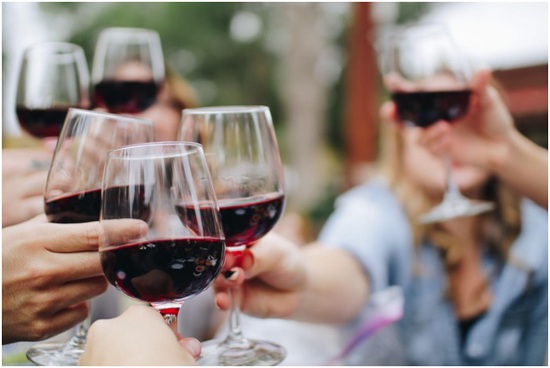In recent years, the wine industry has shown a growing commitment to environmental sustainability. Winemakers across the globe are now balancing their need for quality Gregoire harvester parts and timely harvesting practices with the importance of protecting the environment. In doing so, they’re not only creating more sustainable businesses but also improving the quality of their wines.


From biodynamic farming to carbon offsetting, here are five ingenious ways the world’s best wineries are going green to preserve the planet for future generations.
1. The beauty of biodynamic farming
Many wineries are shifting towards organic and biodynamic farming practices to reduce their environmental impact. Organic farming avoids the use of synthetic herbicides, pesticides, and chemical fertilizers, delivering natural alternatives into the soil instead.
Biodynamic farming takes organic practices a step further, employing principles that honor the vineyard as a vital, self-sustaining ecosystem. Winemakers who follow these principles are able to promote biodiversity, improve soil health, and benefit from natural pest control. So if you care about creating healthier ecosystems and protecting natural water sources from harmful runoff, look for brands that boast both organic and biodynamic farming practices.
2. Treating water like a precious resource
The world’s most sustainable wineries are taking significant steps to conserve and manage water more efficiently. From drip irrigation to moisture sensors, there are many ways for winemakers to reduce water wastage. Some have adopted rainwater harvesting systems, allowing them to capture and store rainwater for use during dry spells. By prioritizing water conservation, wineries can reduce the strain on local water supplies and the surrounding ecosystem.
3. Switching to renewable energy sources
Wineries are increasingly turning to renewable energy sources to power their operations in the most sustainable way possible. From energy-efficient lighting to eco-friendly heating and cooling systems, a range of new technologies are helping them reduce their overall energy consumption.
More and more wineries are investing in solar panels, while some are even adding wind turbines to generate renewable energy on-site. By relying on renewable energy, winemakers can significantly decrease their carbon footprint, making a positive impact on the local ecosystem while contributing to global efforts to combat climate change.
4. Upgrading to sustainable packaging
Sustainable packaging alternatives are gaining traction in the wine industry as producers aim to reduce waste and limit the environmental impact of their wine bottles. Many wineries are turning to creative design agencies to help them create lightweight bottles that require less energy to produce and transport.
Some winemakers are upping their game by using recycled materials to create their bottles and packaging. Others are taking it a step further with innovative alternatives like compostable and biodegradable wine packaging. By embracing sustainable packaging options, wineries are playing a crucial role in minimizing waste and reducing their ecological impact.
5. Clever carbon offsetting
To reduce their carbon footprint, many wineries are conducting life cycle assessments of their operations. These assessments help them identify areas where they can improve their operations and reduce their emissions. Some wineries opt to offset their carbon emissions via tree-planting initiatives or investment in renewable energy projects. These projects demonstrate their commitment to nurturing a cleaner, healthier planet.
The wine industry’s growing love for sustainable practices is a positive sign for the environment and the future of winemaking. By adopting biodynamic farming practices, conserving water, implementing energy-efficient technology, and exploring sustainable packaging options, wineries are taking substantial steps toward a greener future.
As consumers, we can support them by choosing wines from eco-friendly producers. Through our collective efforts, we can step into a future where world-class wines pair perfectly with a healthy, flourishing ecosystem.


























